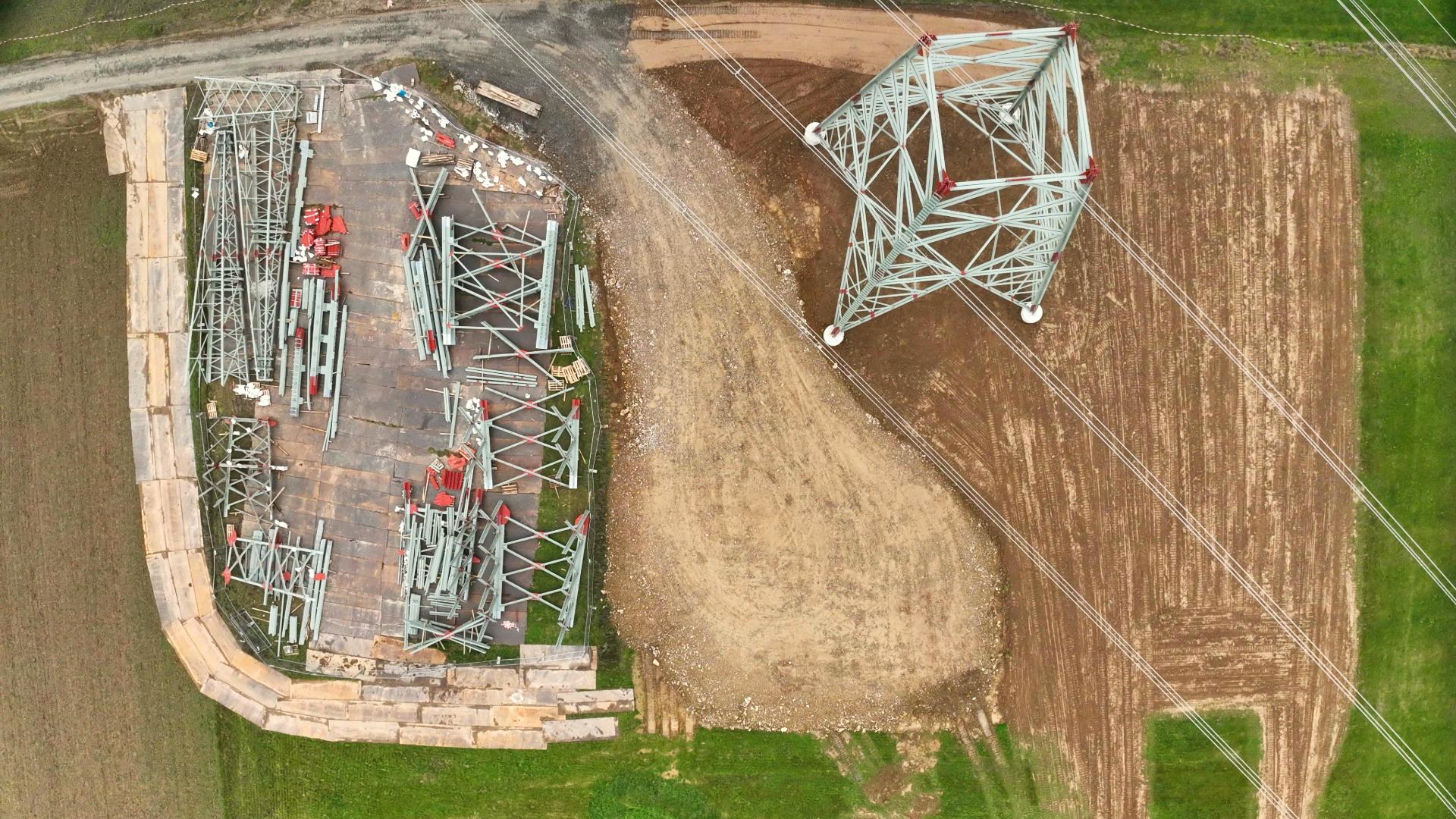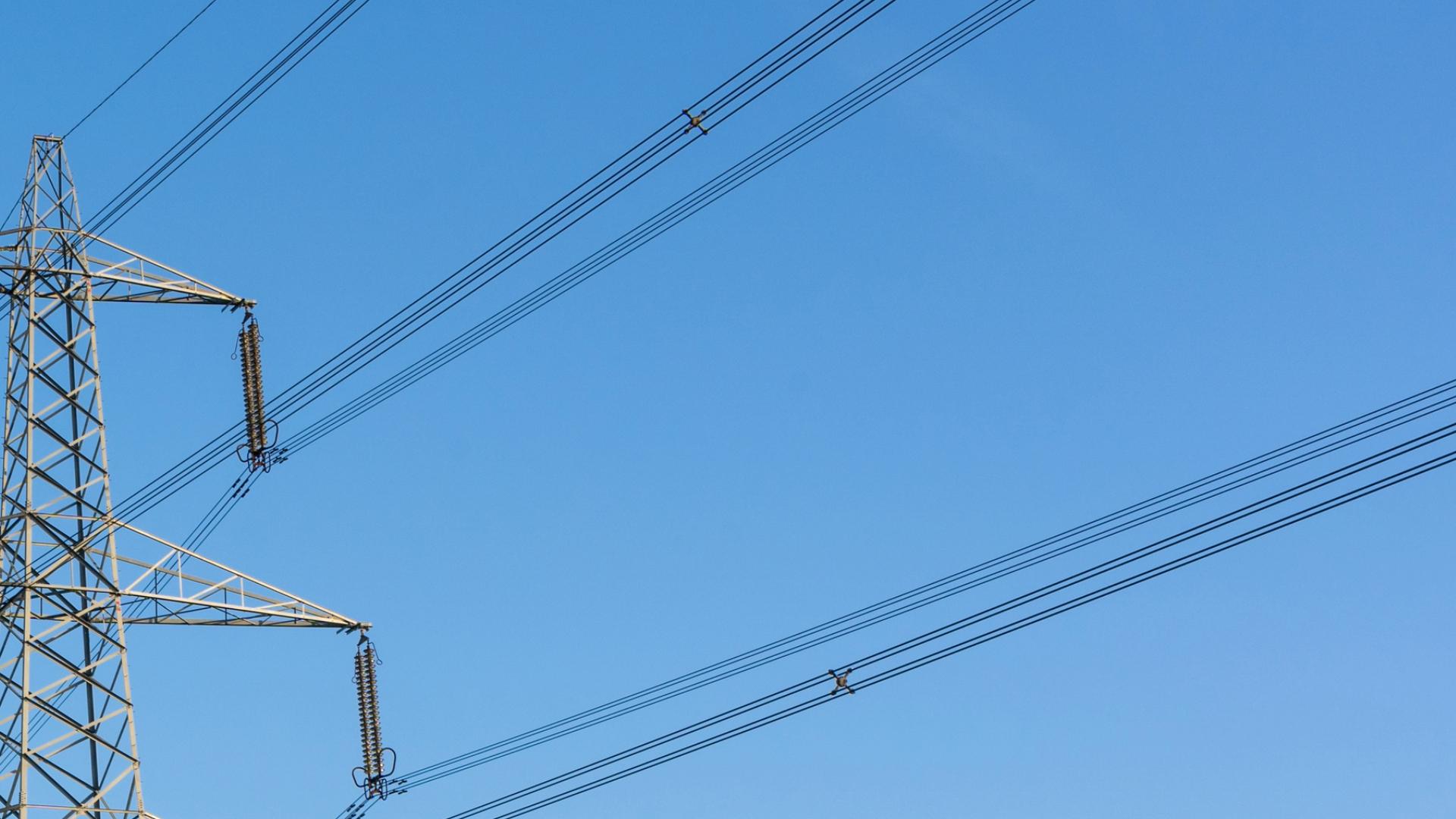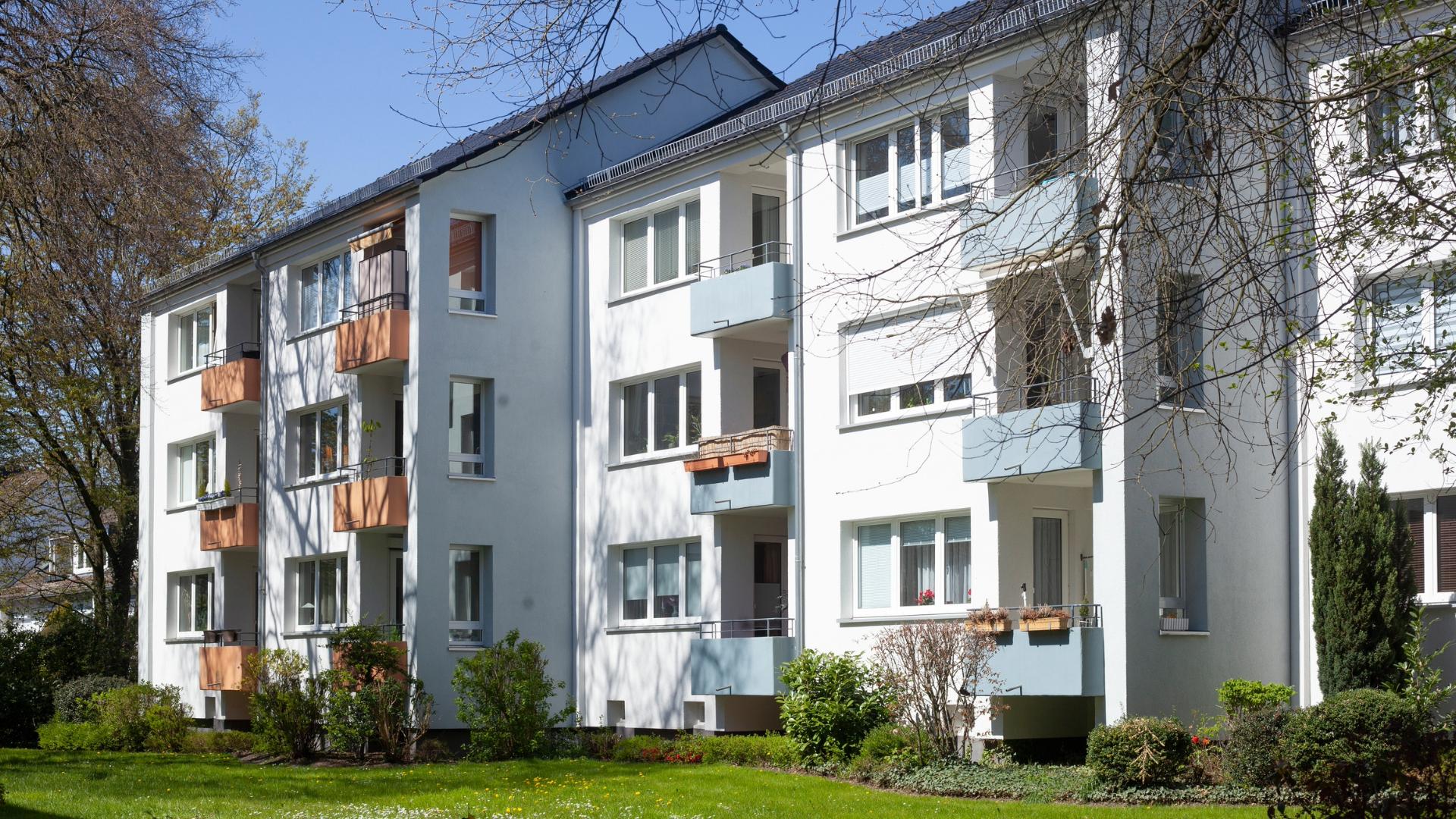The number of drones flying in lower airspace will continue to increase. Already in 2021, the number of commercial drones in Germany exceeds 45,000 devices. Together with hobby drones, there will be almost half a million UAVs in the air in 2025. Especially since in the future, you will find not only small (toy) drones in the sky but at some point also large passenger drones. But how do you regulate air traffic and prevent collisions or airspace congestion?
The U-Space – More than just an airspace
To organize unmanned air traffic in the future, an overarching solution has been developed for many years at the technical, organizational, and political levels. Thus, important prerequisites for the future operation of manned and unmanned aircraft in the lower airspace, the so-called U-Space, and for the field of Urban Air Mobility are being created.
THE U-SPACE CONCEPT
The “U-Space” framework developed by the European Commission is intended to serve the integration of UAVs into European airspace because there is as yet no management of lower airspace adapted to UAVs. The focus is on the automation of processes and connectivity between the drone and the environment. As a basis for a successful implementation of Urban Air Mobility, the U-Space should ultimately enable integrating a large number of drones in the restricted airspace.
In our White Paper about the “U-Space” you will find more details on the planned implementation and how the regulation of European airspace could look in the future.
THE NEW EU REGULATIONS
On April 22, 2021, the European Commission published three new regulations on U-Space:
- Framework for the U-Space (see regulation)
- Requirements for providers of ATM (Air Traffic Management) services (see regulation)
- Requirements for manned flights in lower airspace (see regulation)
Collectively, these enable more complex drone projects that can also take place BVLOS (Beyond Visual Line of Sight). U-Space requirements have also been formulated to ensure safe operations for manned and unmanned aircraft in lower airspace, so risks can be kept low. The regulatory package is to be implemented from January 26, 2023.
The regulations are part of the “Sustainable and Smart Mobility Strategy“. The aim is to develop an EU-wide transport system that is environmentally friendly and forward-looking. Drones should play an essential role in this.
“Drones are a clear part of the future transport and logistics landscape. […] the U-Space package is an important step towards creating the well-functioning, trusted and safe enabling environment that we need to develop a competitive EU drone services market.”
We are excited about the progress regarding new regulations for the safe operation of drones in lower airspace and will keep you updated on all news on our blog.
Your FlyNex Team




